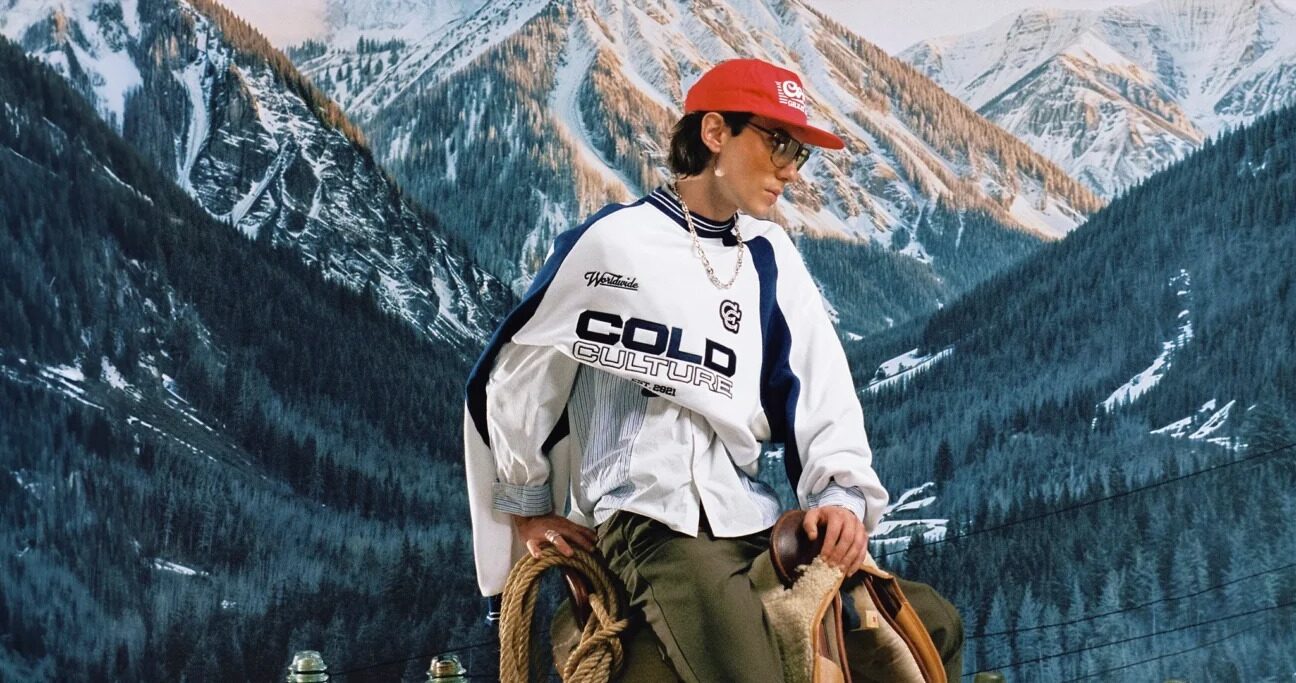When the temperature drops, our instinct is to reach for warmth, but what if the chill inspired more than just bundling up? Across the world, “cold culture” has carved out its identity in fashion and lifestyle. From functional yet stylish winter wear to a lifestyle that embraces frosty climates with flair, cold culture celebrates life when the snow falls.
If you’ve ever wondered how freezing temperatures inspire an entire way of living—and dressing—this article is for you. Whether you’re exploring the history of cold culture clothing, drawn to its key design elements, or curious about how technology and sustainability enter the picture, we’re about to cover it all.
What is Cold Culture?
Cold culture goes beyond icy weather—it’s an aesthetic and way of life fueled by colder climates. Picture cozy log cabins, roaring fires, and people adorned in snug, chic layers that are both functional and fashion-forward. It stems from the way people in wintry regions adapt to and celebrate their environments. Over time, it’s become a lifestyle that highlights ingenuity, craftsmanship, and the art of braving the chill with style.
More than just a wardrobe, cold culture has influenced art, interior design, and even architecture. You’ll find it in everything from Nordic minimalist decor to the rugged look of mountain-outfitter gear repurposed for fashion runways. But at its heart, it’s all about the deep-rooted connection between comfort, utility, and beauty.
A Brief Evolution of Cold Culture Clothing
Cold-weather clothing has come a long way, evolving from survival gear to high fashion. Historically, native communities living in extreme climates, such as the Inuit in the Arctic, crafted clothing using furs and hides. These were meticulously designed to protect against the cold while ensuring mobility in harsh terrains. This ingenuity laid the foundation for much of modern cold-friendly designs.
Fast forward to the 20th century, and the fashion world began reimagining these utilitarian garments. Parkas, trench coats, and faux fur jackets made their way onto runways. Italian and French designers added sophisticated tweaks, blending practicality with chicness. Meanwhile, heritage brands like Canada Goose and Patagonia latched onto their functional roots while earning cult status for their timeless appeal.
Today, cold culture clothing continues its evolution with advanced fabrics, innovative designs, and a growing trend toward sustainability.
The Key Elements of “Shivering Chic”
What defines cold culture fashion? It’s a blend of plush textures, muted earth tones, icy pastels, and thoughtful details that scream functionality without sacrificing aesthetics.
- Materials Matter: Expect warm, breathable fabrics like wool, shearling, and cashmere, paired with cutting-edge textiles like eco-down or waterproof Gore-Tex.
- Color Palette: The hues often mirror snowy landscapes—think cool blues, creamy whites, and subtle grays infused with occasional pops of color like burgundy or forest green.
- Layering: Layering is the foundation of cold culture. Pieces are designed to work together seamlessly, such as turtlenecks under quilted vests or oversized coats paired with leggings and boots.
- Dual-Use Design: Shivering chic embodies versatility. Each piece balances style with purpose, from thermal gloves with touch-screen compatibility to trendy boots with superior grip.
This balance—the ability to look effortlessly stylish while navigating frosty weather—is what makes shivering chic truly stand out.
Cold Culture Icons
Some of the most renowned figures in cold culture fashion have redefined how we look at winter wear. Icons like Ralph Lauren and Rei Kawakubo (of Comme des Garçons) turned once-functional garments into coveted pieces. Ralph Lauren brought rustic Americana into the winter wardrobe with knit sweaters and puffer jackets, while Rei’s avant-garde approach pushed boundaries by blending oversized, unconventional shapes into winter collections.
Scandinavian influencers and designers like Ganni and Acne Studios have further popularized the minimalist, cozy-yet-bold aesthetic of cold culture, inspiring a generation of fashion enthusiasts to prioritize both form and function in chilly weather.
How Technology is Revolutionizing Cold Culture Fashion
Technology has reimagined what’s possible in cold-weather clothing. Designers no longer rely solely on natural materials like wool and fur. Instead, innovative fabrics such as PrimaLoft, Heattech, and Gore-Tex are taking center stage. These advanced materials regulate temperature, resist water, and ensure breathability without adding bulk.
Wearable tech also plays a role. Heated gloves and jackets powered by rechargeable batteries are making extreme weather less daunting. Smart textiles that adapt to your body’s temperature are also shaping the future, showing us that staying warm can coexist with looking sleek.
The Move Towards Sustainability
The rising demand for sustainability has transformed cold culture fashion. Many brands are now creating eco-friendly garments that don’t compromise on warmth or style. Synthetic alternatives to down and recycled materials have replaced resource-intensive processes, making it easier to choose conscious fashion.
Companies like Patagonia and The North Face have led this movement, crafting durable, high-performance outerwear using recycled plastics and responsibly sourced fabrics. The trend isn’t exclusive to major players—emerging designers are exploring slow fashion as a new take on cold culture. Capsule wardrobes, crafted from minimal yet adaptable pieces, align perfectly with the principles of shivering chic.
Tips for Rocking Shivering Chic
Want to channel cold culture vibes in your wardrobe? Start small and build versatile, timeless pieces into your collection. Here’s how you can pull off a shivering chic look effortlessly:
- Invest in Quality Outerwear
Forget fast-fashion coats. Go for a high-quality wool coat, an insulated parka, or a faux fur jacket that can stand the test of time.
- Master the Art of Layering
Use turtlenecks, fitted long-sleeves, and cozy sweaters as your base. Add statement scarves, vests, or oversized jackets to complete the ensemble.
- Play With Textures
Combine smooth fabrics like satin or silk with chunky knits or boiled wool for contrast. The key is to keep things interesting without overcomplicating the look.
- Lean Into Accessories
Hats, gloves, and boots are essential in cold culture. Try knit beanies, leather gloves, and ankle boots with faux-fur lining for a polished finish.
- Stick to Your Palette
Build your look around neutral tones or icy pastels. This keeps your wardrobe cohesive and easier to mix and match.
Looking Ahead
Cold culture is more than just a trend—it’s a shift in how we approach life in colder climates. It blends function with fashion, sustainability with style, and innovation with timelessness.
Whether you’re bundling up for a city stroll or preparing for a ski weekend, shivering chic offers a way to tackle freezing temperatures with confidence and flair. And as technology continues to expand what cold-weather fashion can achieve, you can expect cold culture to remain a force in the fashion and lifestyle world.

